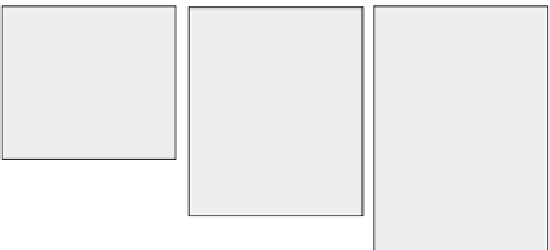Geoscience Reference
In-Depth Information
In such a context, the surface of the soil is a kind of final weath-
ering front. Above it, the atmosphere has in some way won the
game and corresponds to a level of depletion equal to 100 per
cent. This gives a new definition of soil for us:
The soil is the totality of the organic and/or mineral interface between
unweathered rock and the surface, living organisms excluded.
The projected model only concerns the soils that have been deeply
affected by weathering without having been reworked by erosion or
buried under new sediments. Thus, it pertains to typical situations the
study of which is illuminating for the understanding of pedogenesis but
does not in itself explain the features of all the soils of the world. Here,
the differentiation related to slope is ignored!
Also, soils tend to be differentiated gradually; the youngest of them
rarely show contrasting horizons corresponding to the marked fronts!
The fronts often can come into play one after another: the soil contains
one of them, then two, then three… In these conditions the profile is
modified at the same time as it is penetrated.
Limitations of the model
Soil of 5000 years
Soil of 125,000 years
Soil of 250,000 years
Surface
of the
soils
Losses
100%
0
Gains
100%
0
Level of losses
0
or gains in volume
in three types of soils
Fig. 3.5
Dilation or contraction of the horizons of three soils of different ages (Brimhall
et al
.
1991, simplifi ed).
We know that it is possible to measure the dilation or contraction
of horizons by using index minerals and densities (Chap. 1). Of course,
the measurements do not show systematic contraction in young soils
(Brimhall
et al
. 1991). On the contrary, young soils have horizons that











